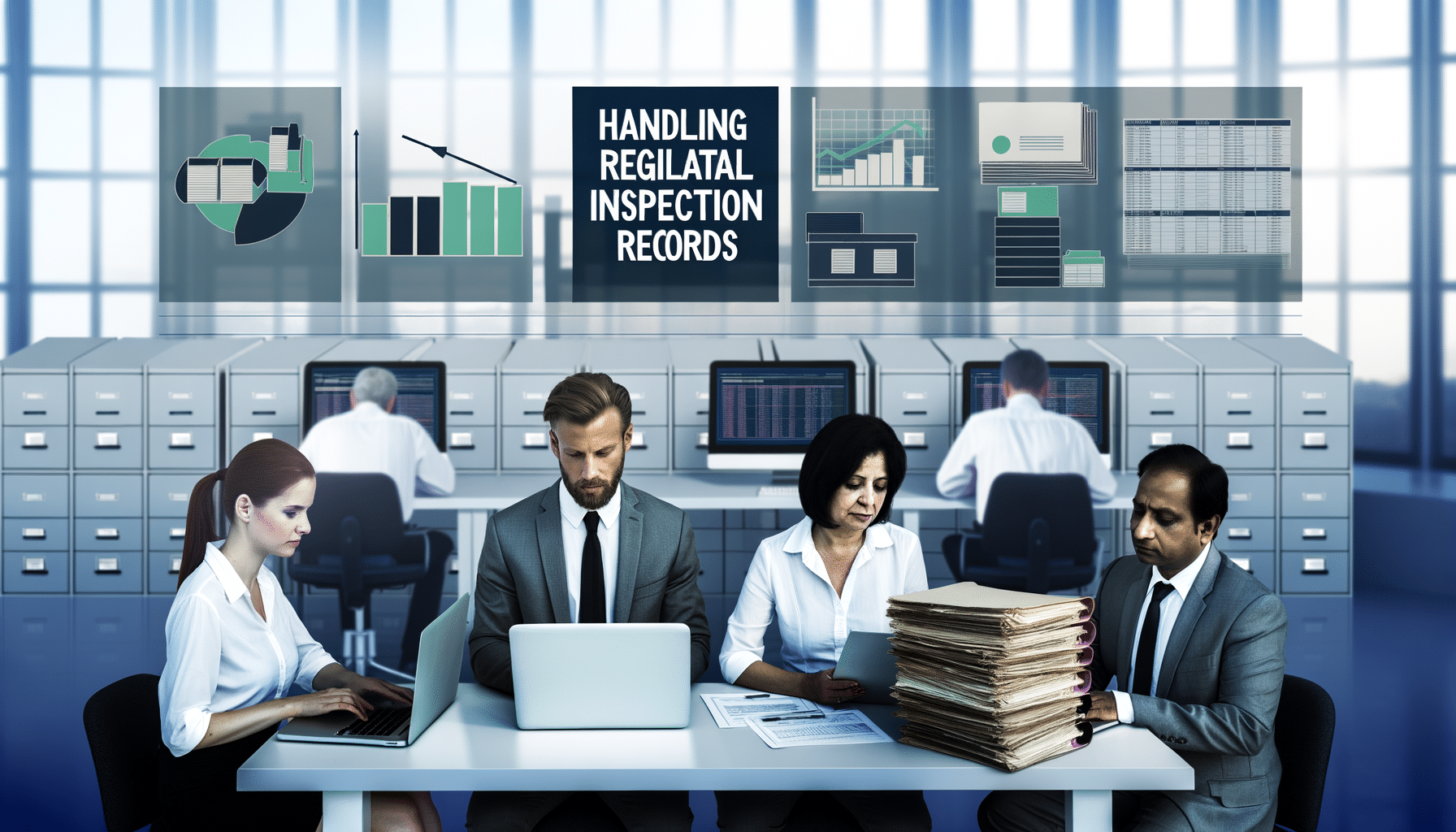- Blockchain Compliance
- November 17, 2024
Quick Guide to Records Destruction

In today’s fast-paced business environment, the phrase “records destruction” might not seem like a major concern at first glance. However, as both a founder and someone deeply engaged in the tech innovation space, I’ve come to understand that inadequate records management can lead to significant compliance risks and financial repercussions. It’s pivotal for organizations to embrace clear and effective procedures for records destruction not only to avoid these pitfalls but to leverage record management as a strategic asset.
Understanding the Importance of Records Destruction
Records destruction is not merely about disposing of unwanted files; it’s a critical aspect of maintaining compliance and protecting organizational integrity. Whether it’s paper-based documents or electronic records, mishandling destruction can lead to data breaches, compliance violations, and even legal challenges. For instance, many regulations stipulate specific timeframes for records retention and require verified destruction processes once the period expires. Complying with these rules is not just about avoiding penalties; it’s about safeguarding trust with your clients and partners.
Steps to Effective Records Destruction
As I have navigated the complex landscape of record management, I’ve distilled a few key steps that businesses can incorporate into their records destruction strategy to ensure compliance:
- Audit Your Records: Begin by conducting an audit to identify which records are eligible for destruction. It’s essential to document the types of records and their retention schedules rigorously.
- Maintain an Updated Record Retention Policy: A well-defined policy that aligns with industry standards and regulations such as GDPR, HIPAA, or SOX should guide your destruction activities. This policy should be revisited periodically to accommodate any regulatory changes.
- Choose a Secure Method: The method of destruction should reflect the type of record—whether it’s shredding for paper documents or degaussing for digital data. Secure methods protect against potential data leaks.
- Certify the Destruction: Obtain certificates of destruction to ensure compliance and maintain thorough records for auditing purposes.
- Educate Your Team: It’s crucial to ensure that employees understand the importance of compliance around records destruction. Regular training sessions can align your team with best practices.
Navigating Compliance Challenges
As I built RecordsKeeper.AI, I realized the challenges many face in aligning records destruction with compliance requirements. From inconsistent policies across departments to manual methods prone to error, the hurdles are numerous. This understanding was pivotal in designing features like Compliance Management and Automated Categorization that simplify these struggles. Our platform offers a centralized approach enabling legal, finance, and compliance heads to blend policy enforcement directly within their workflow seamlessly.
The Role of Technology in Records Destruction
The advent of AI and blockchain technologies offers transformative potentials for records destruction. With automated categorization, AI analyses records accurately, tagging them for retention or destruction based on predefined policy. Blockchain technology, with its immutable ledger, ensures a transparent audit trail of destruction, illustrating the chain of custody for each record.
With these tech innovations, organizations can not only reduce errors but elevate their compliance level to meet legislative demands proactively. This strategic foresight allows compliance heads to focus on higher-level tasks rather than the nitty-gritty of record-keeping.
Conclusion: Transforming Compliance into a Business Asset
In conclusion, it is not the process of records destruction itself that is strenuous but ensuring compliance and security as priority touchstones. By leveraging the power of modern technology and establishing a robust records management policy, organizations can transform records destruction into a business asset rather than a risk. I invite all legal, finance, and compliance heads to witness this transformation with RecordsKeeper.AI. Embrace the strategic advantage that effective record management offers and propel your organization towards optimal efficiency and compliance.
I hope this guide serves as a valuable resource to navigate your records management journey. If you’re keen to stay updated on more insights and strategic initiatives, I encourage you to follow my ongoing journey of innovation and compliance.
Toshendra Sharma is the visionary founder and CEO of RecordsKeeper.AI, spearheading the fusion of AI and blockchain to redefine enterprise record management. With a groundbreaking approach to solving complex business challenges, Toshendra combines deep expertise in blockchain and artificial intelligence with an acute understanding of enterprise compliance and security needs.
Related Posts


Handling Regulatory Inspection Records
Managing documentation for regulatory compliance.
- January 3, 2025
Archives
- January 2025
- December 2024
- November 2024
- October 2024
- September 2024
- August 2024
- July 2024
- June 2024
- May 2024
- April 2024
- March 2024
- February 2024
- January 2024
- December 2023
- November 2023
- October 2023
- September 2023
- August 2023
- July 2023
- June 2023
- May 2023
- April 2023
- March 2023
- February 2023
- January 2023
- December 2022
- November 2022
- October 2022
- September 2022
Want to get more content like this?
Signup to directly get this type of content to your inbox!!
Latest Post
Document Control for Equipment Maintenance
- January 20, 2025
Managing Records for Multiple Clients
- January 19, 2025
Handling Conference Documentation
- January 18, 2025
Setting Up Department Record Reviews
- January 17, 2025





